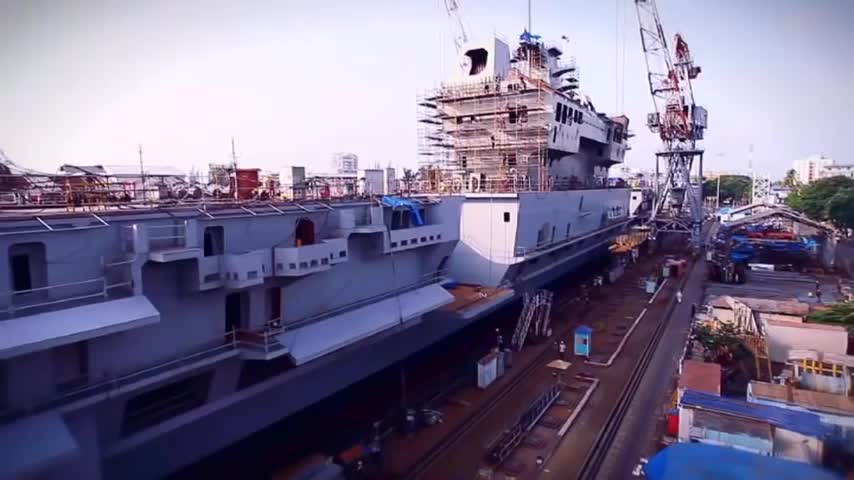Premium Only Content

Power Of INDIAN NAVY - Deadliest Sea Warriors
The Indian Navy can trace its lineage back to the East India Company's Marine which was founded in 1612 to protect British merchant shipping in the region. In 1793 the East India Company established its rule over eastern part of the Indian subcontinent i.e. Bengal, but it wasn't until 1830 that the colonial navy became known as Her Majesty's Indian Navy. In 1858, East India Company rule gave way to the British Raj which lasted until India became independent in 1947. When India became a republic in 1950, the Royal Indian Navy as it had been named since 1934 was renamed to Indian Navy. The 17th-century Maratha emperor Chhatrapati Shivaji Maharaj is considered as the 'Father of the Indian Navy'.
The primary objective of the navy is to secure the nation's maritime borders; India also uses its navy to enhance its international relations through joint exercises, port visits and humanitarian missions, including disaster relief. In recent years, the Indian Navy has undergone rapid modernisation to replace its ageing equipment currently in service, this is often seen as part of "India's drive" to develop blue-water capabilities and enhance its position in the Indian Ocean region.
As of 2016, the Indian Navy has a strength of 79,023 personnel and a large operational fleet consisting of two aircraft carriers, one amphibious transport dock, 9 landing ship tanks, 10 destroyers, 14 frigates, one nuclear-powered attack submarine, 14 conventionally-powered attack submarines, 24 corvettes, 6 mine countermeasure vessels, 27 patrol vessels, 4 fleet tankers and various other auxiliary vessels.
-
 0:49
0:49
rogergrendell65
3 years agoIndian reservation.
95 -
 0:16
0:16
WoodenBoxMen
3 years agoIndian summer
73 -
 0:34
0:34
billintennessee
3 years agoIndian Scout
2181 -
 16:50
16:50
martlet
3 years agoIndian drummers #1.
16 -
 2:35
2:35
martlet
3 years agoIndian drummers #3.
34 -
 2:39
2:39
martlet
3 years agoIndian drummers #2.
20 -
 2:14:38
2:14:38
I_Came_With_Fire_Podcast
12 hours agoLive Fire (No Exercise)
55.9K2 -
 1:05:52
1:05:52
Havoc
11 hours agoThankful | Stuck Off the Realness Ep. 21
89.3K3 -
 2:05:40
2:05:40
Roseanne Barr
14 hours ago $69.11 earnedThe Perverse Reverse | The Roseanne Barr Podcast #76
135K187 -
 1:36:41
1:36:41
Flyover Conservatives
1 day agoThink Texas and Florida are the Best? Think Again… - Lt. Governor Matt Pinnell; Leaky Gut, Dyslexia, ADHD, Eye Connection - Dr. Troy Spurrill | FOC Show
65K2